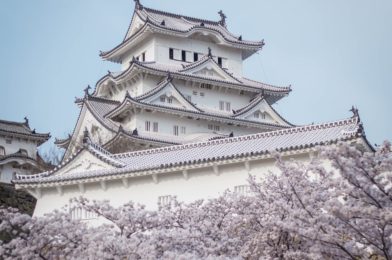Economy means the state of a country or region in terms of the production and consumption of goods and services and the supply of money. Economies determine how resources are distributed among members of a society, they determine the value of goods or services. The political and legal structure of a society will govern how wealth can be accumulated, how wealth and resources are distributed, and the manner of competition permitted between different participants in the economy. There are three big economic systems in use by modern governments: capitalism, socialism, and communism. We wanted to understand how the top 10 largest economies in the world measured by GDP(Gross Domestic Product). We took historical GDP figures from the International Monetary Fund (IMF) in 2020.
1.United States
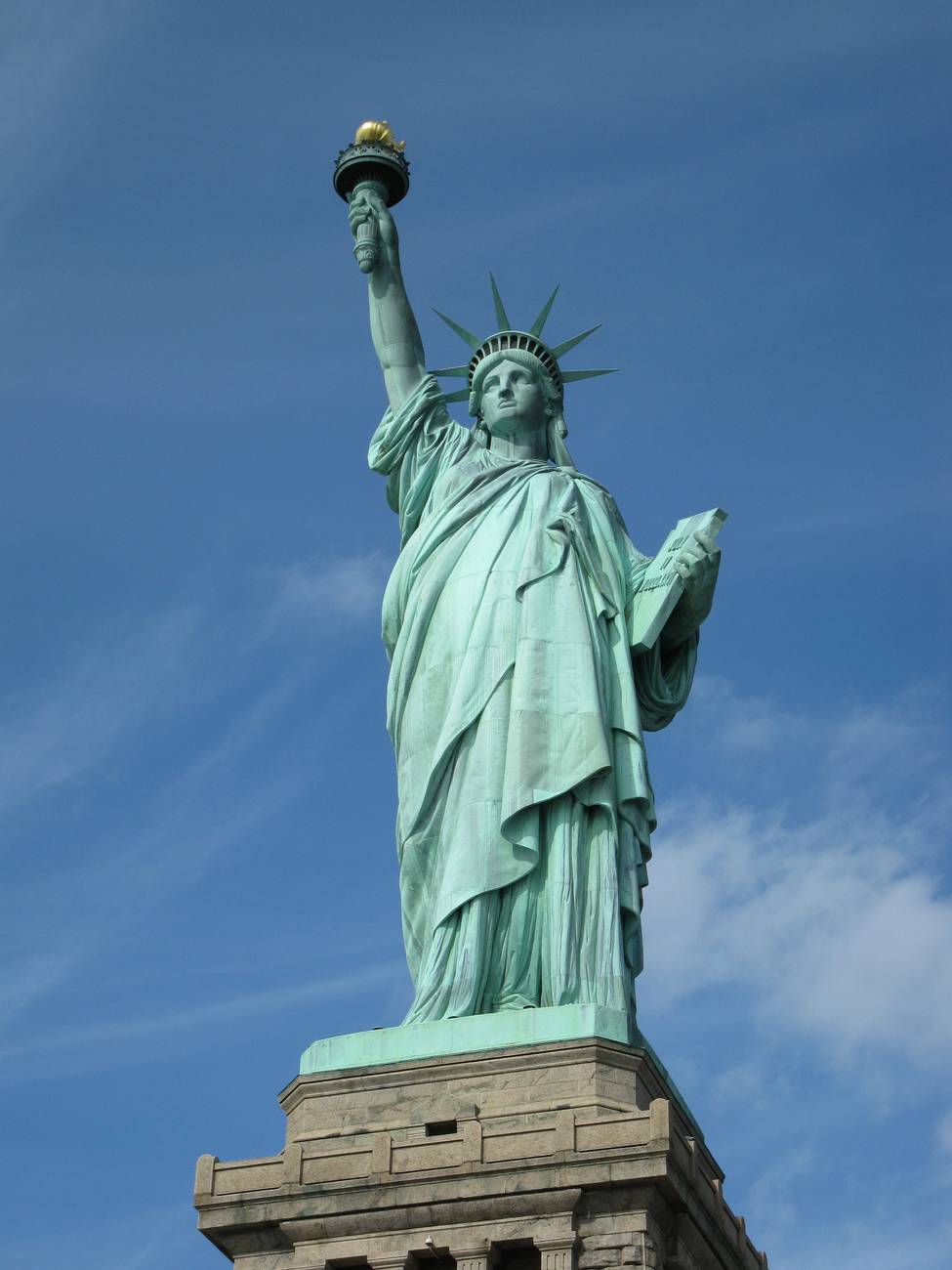
The U.S. has retained its position of being the world’s largest economy since 1871. economy of the United States is that of a highly developed country with a mixed economy. It is the world’s largest economy by nominal GDP and net wealth. U.S. Nominal GDP: $21.44 trillion – U.S. GDP (PPP): $21.44 trillion.
The size of the U.S. economy was at $20.58 trillion in 2018 in nominal terms and is expected to reach $22.32 trillion in 2020. The U.S. is often dubbed as an economic superpower and that’s because the economy constitutes almost a quarter of the global economy, backed by advanced infrastructure, technology, and an abundance of natural resources.
When the economies are assessed in terms of purchasing power parity, the U.S. loses its top spot to its close competitor China. In 2019, the U.S. economy, in terms of GDP (PPP), was at $21.44 trillion, while the Chinese economy was measured at $27.31 trillion. United States has the most technologically powerful economy in the world and its firms are at or near the forefront in technological advances, especially in computers, pharmaceuticals, and medical, aerospace, and military equipment. The largest U.S. trading partners are China, Canada, Mexico, Japan, Germany, South Korea, United Kingdom, France, India, and Taiwan. The nation’s economy is fueled by abundant natural resources, a well-developed infrastructure, and high productivity. It is the world’s largest producer of petroleum and natural gas. U.S. not only has the largest internal market for goods, but also dominates the trade in services.
2.China
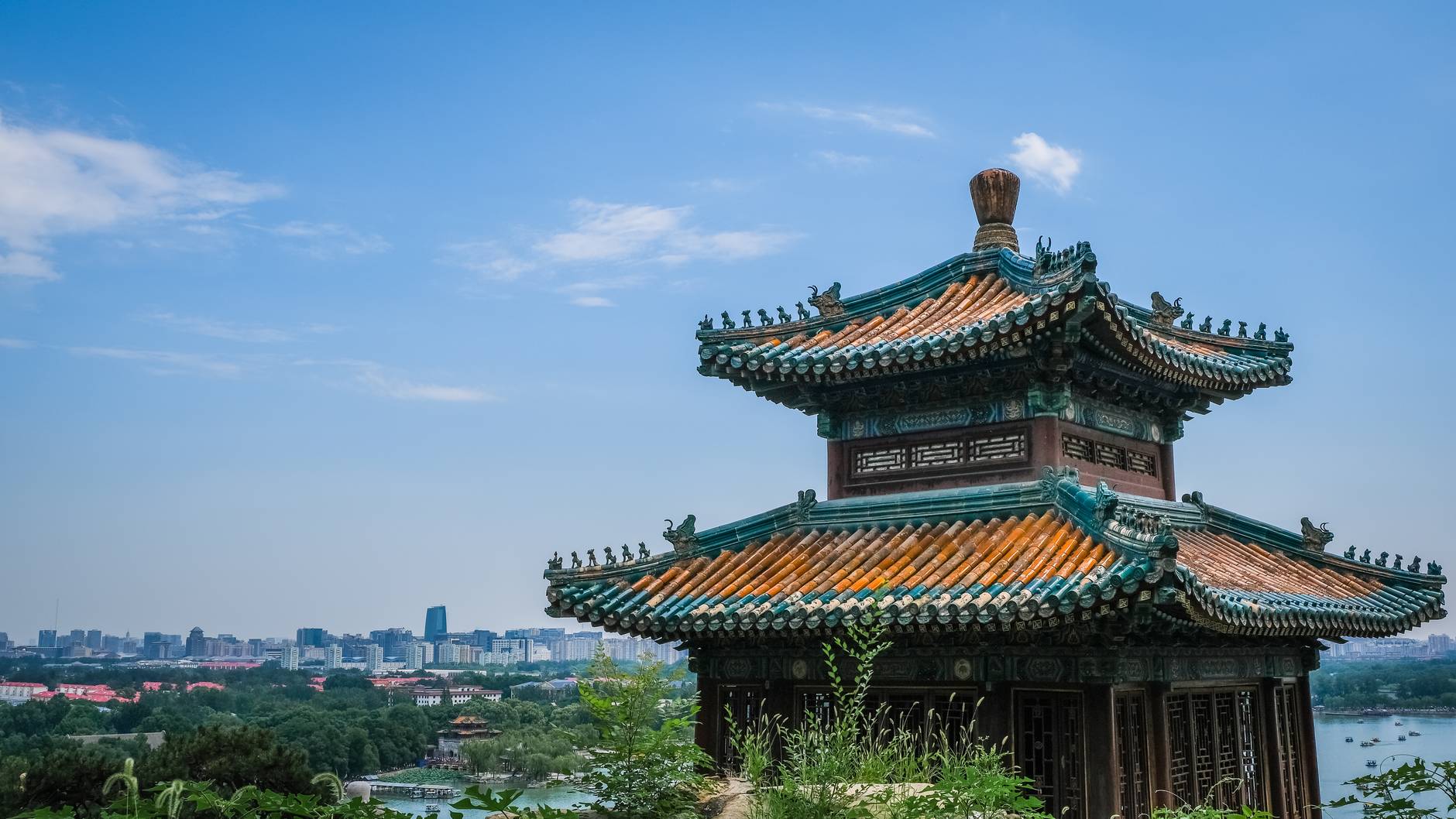
China Nominal GDP: $14.14 trillion – China GDP (PPP): $27.31 trillion
China has experienced exponential growth over the past few decades, breaking the barriers of a centrally-planned closed economy to evolve into a manufacturing and exporting hub of the world. China is often referred to as the “world’s factory,” given its huge manufacturing and export base. However, over the years, the role of services has gradually increased and that of manufacturing as a contributor to GDP has declined relatively. The IMF projects a growth of 5.8% in 2020. China has experienced exponential growth over the past few decades. It is a manufacturing and exporting hub of the world. China is often referred to as the “world’s factory,” given its huge manufacturing and export base. However, over the years, the role of services has gradually increased and that of manufacturing as a contributor to GDP has declined relatively.
3.India ($12.36 T )

The economy of India is characterised as a developing market economy. India was the world’s fastest growing major economy and Historically it is the largest economy in the world. The long-term growth perspective of the Indian economy remains positive due to its young population and corresponding low dependency ratio, healthy savings and investment rates, and is increasing integration into the global economy. Apart from private consumption, India’s GDP is also fueled by government spending, investment, and exports. India has one of the world’s highest number of billionaires and extreme income inequality.
According to World Bank, to achieve sustainable economic development India must focus on public sector reform, infrastructure, agricultural and rural development, removal of land and labour regulations, financial inclusion, spur private investment and exports, education and public health. India’s ten largest trading partners were USA, China, UAE, Saudi Arabia, Hong Kong, Iraq, Singapore, Germany, South Korea and Switzerland. India ranks second globally in food and agricultural production. India’s telecommunication industry is the world’s second largest by number of mobile phone, smartphone, and internet users. It is the world’s tenth-largest oil producer and the third-largest oil consumer.
- Japan ( $5.89T )
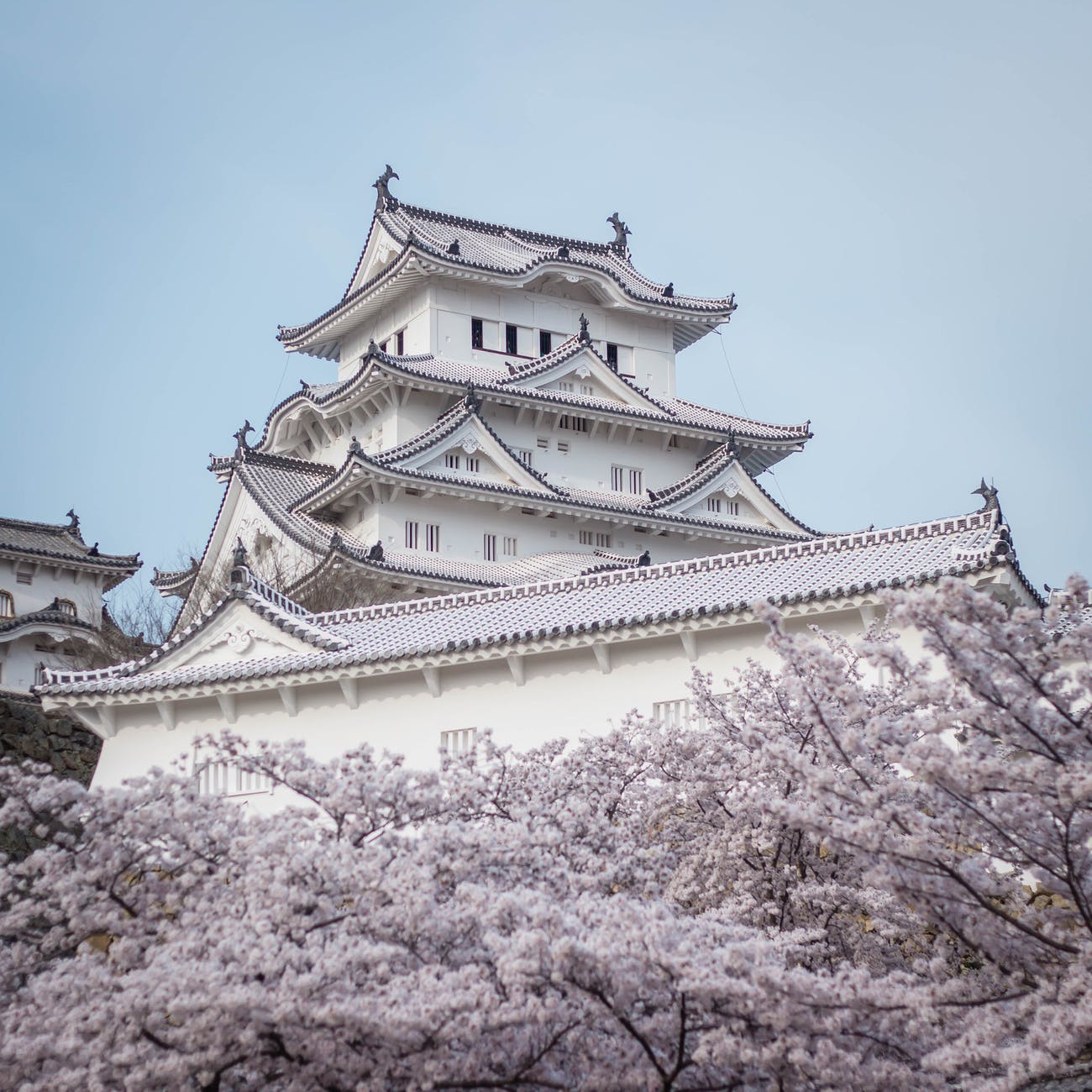
The economy of Japan is a highly developed free-market economy. With this low growth rate, the national debt of Japan has expanded due to its considerable social welfare spending in an aging society with a shrinking tax-base. The scenario of “Abandoned homes” continues to spread from rural areas to urban areas in Japan.
A mountainous, volcanic island country, Japan has inadequate natural resources to support its growing economy and large population, and therefore exports goods in which it has a comparative advantage such as engineering-oriented, research and development-led industrial products in exchange for the import of raw materials and petroleum. The nation’s large and varied forest resources, which covered 70 percent of the country. Japan is among the top-three importers for agricultural products in the world in total volume for covering of its own domestic agricultural consumption. The nation, therefore, built up the manufacturing and processing industries to convert raw materials imported from abroad.
Japan is the world’s largest single national importer of fish and fishery products. This strategy of economic development necessitated the establishment of a strong economic infrastructure to provide the needed energy, transportation, communications, and technology. Tokyo Metropolitan Central Wholesale Market is the largest wholesale market for primary products in Japan. Although many kinds of minerals were extracted throughout the country, most mineral resources had to be imported in the postwar era. Iron ore, copper, bauxite, and alumina must be imported, as well as many forest products. Local deposits of metal-bearing ores were difficult to process because they were low grade. Deposits of gold, magnesium, and silver meet current industrial demands, but Japan is dependent on foreign sources for many of the minerals essential to modern industry. Japan lags behind other developed countries in labor productivity. Early European visitors were amazed by the quality of Japanese craftsmanship and metalsmithing. This stems from the fact that Japan itself is rather rich in natural resources found commonly in Europe, especially iron.
- Germany ( $4.59T )
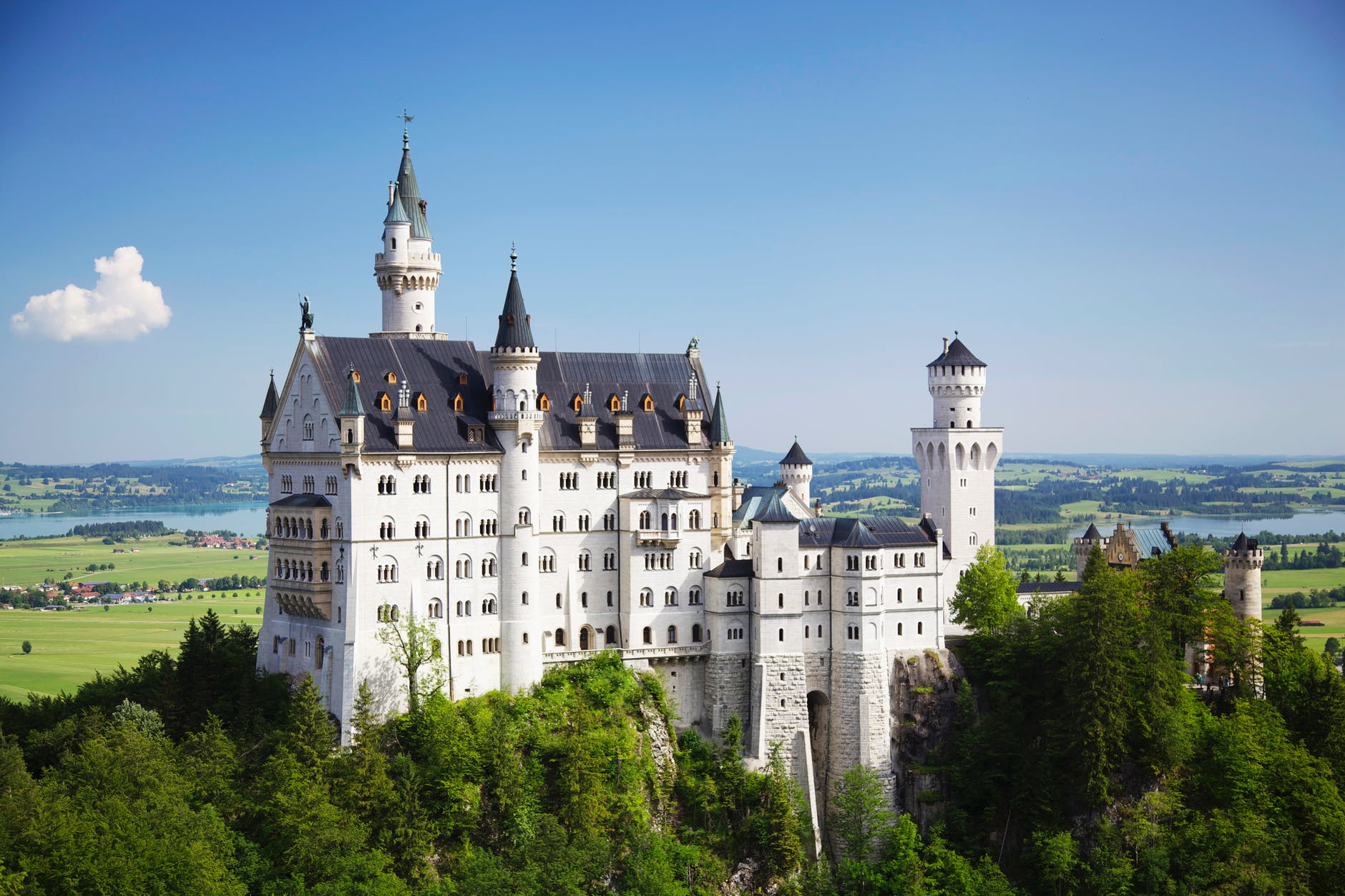
It has the largest national economy in Europe. The economy of Germany is a highly developed social market economy. The top 10 exports of Germany are vehicles, machinery, chemical goods, electronic products, electrical equipment, pharmaceuticals, transport equipment, basic metals, food products, and rubber and plastics. The economy of Germany is the largest manufacturing economy in Europe and it is less likely to be affected by the financial downturn and conduct applied research with practical industrial value and sees itself as a bridge between the latest university insights and industry-specific product and process improvements, and by generating a great deal of knowledge in its own laboratories as well. Germany is rich in timber, lignite, potash and salt. Some minor sources of natural gas are being exploited in the state of Lower Saxony. Until reunification, the German Democratic Republic mined for uranium in the Ore Mountains.
Energy in Germany is sourced predominantly by fossil fuels (30%), followed by wind second, then nuclear power, gas, solar, biomass and hydro. Germany is the first major industrialized nation to commit to the renewable energy transition called Energiewende. Germany is the leading producer of wind turbines in the world. Germany is the world’s top location for trade fairs. Around two thirds of the world’s leading trade fairs take place in Germany. Over time, other German states joined the customs union and started linking their railroads, which began to connect the corners of Germany together. The growth of free trade and of a rail system across Germany intensified economic development which opened up new markets for local products, created a pool of middle managers, increased the demand for engineers, architects and skilled machinists, and stimulated investments in coal and iron.
- Russia ( $4.52T )
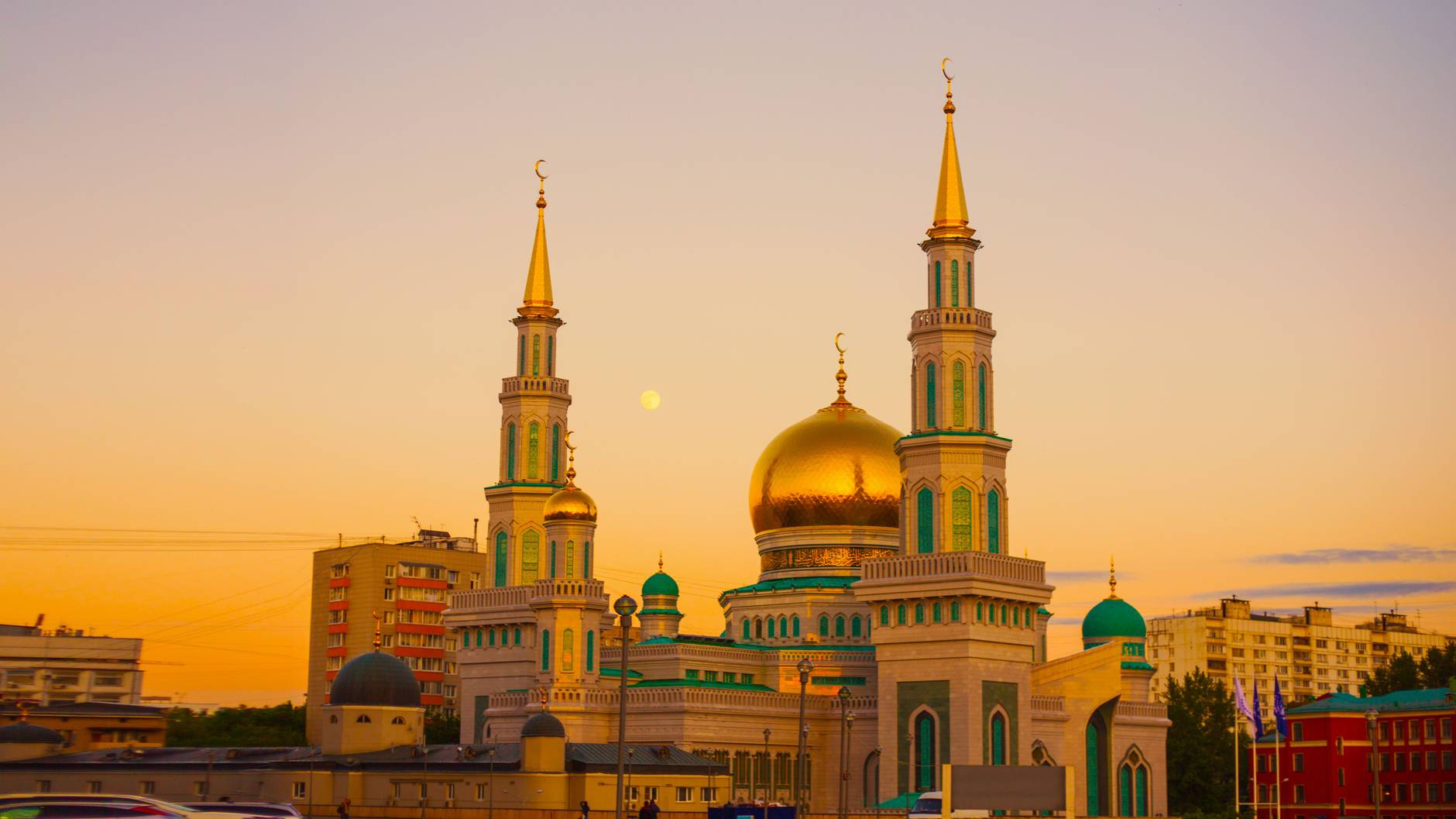
The economy of Russia is an upper-middle income mixed and transition economy. Russia contains over 30 percent of the world’s natural resources. Russia relies on energy revenues to drive most of its growth. Russia has an abundance of oil, natural gas and precious metals, which make up a major share of Russia’s exports. Russia is considered an “energy superpower”. It has the world’s largest proven natural gas reserves and is the largest exporter of natural gas. Russia has a large and sophisticated arms industry, capable of designing and manufacturing high-tech military equipment, including a fifth-generation fighter jet, nuclear powered submarines, firearms, and short range/long range ballistic missiles. Top military exports from Russia include combat aircraft, air defence systems, ships and submarines. the wealth held offshore by rich Russians is about three times larger than official net foreign reserves, and is comparable in magnitude to total household financial assets held in Russia.
Russia had undergone a radical transformation, moving from a centrally planned economy to a globally integrated market economy. Especially in the production of oil, gas, and electricity and in the chemical industries—there was a marked diversification in industrial output, including a limited expansion in consumer goods. Major components of the reforms included establishing privately owned industrial and commercial ventures and privatizing state-owned enterprises. To encourage privatization, the government issued vouchers to Russian citizens that enabled them to purchase of shares in privatized firms, though in practice these vouchers frequently were sold for cash and were accumulated by entrepreneurs. A commodity- and stock-exchange system also was established. For business growth, taxes on medium and small enterprises were moderated, and the government began to offer incentives for reinvesting profits into the domestic economy. By the early 21st century, the measures had begun to have a positive effect on the Russian economy, which showed signs of recovery and stable growth. Steady earnings from oil exports permitted investments in factories, and the devalued currency made Russian goods more competitive on the international market.
- Indonesia ( $4.01T )
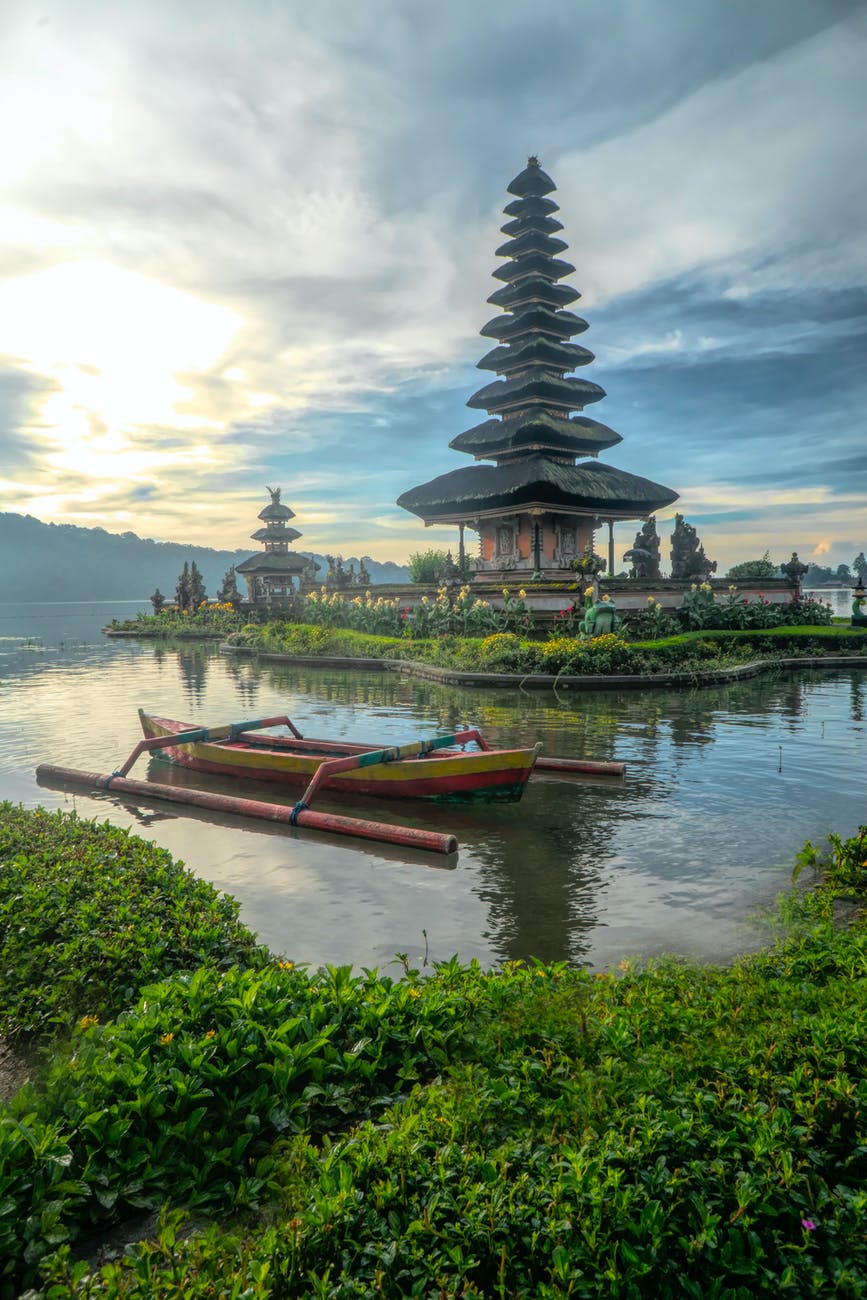
Indonesia is a country in Southeast Asia and Oceania, between the Indian and Pacific oceans. It has charted impressive economic growth since overcoming the Asian financial crisis of the late 1990s. The world’s 10th largest economy in terms of purchasing power parity, and a member of the G-20. Furthermore, Indonesia has made enormous gains in poverty reduction, cutting the poverty rate by more than half since 1999, to 9.78% in 2020. It aims to further strengthen Indonesia’s economy by improving the country’s human capital and competitiveness in the global market. The Indonesian economy has been climbing steadily higher. Indonesia is the world’s largest island country .
Indonesia is composed of some 17,500 islands, of which more than 7,000 are uninhabited. It is the 14th-largest country by land area, at 1,904,569 square kilometres (735,358 square miles). The country’s capital, Jakarta, is the second-most populous urban area in the world. In the early 21st century Indonesia was the fourth most populous in the world. The name Indonesia derives from Greek Indos and the word nesos, meaning “Indian islands”. The economy of Indonesia is the largest in Southeast Asia and is one of the emerging market economies of the world. As an upper-middle income country and member of the G20, Indonesia is classified as a newly industrialised country.
- Brazil ( $3.60T )
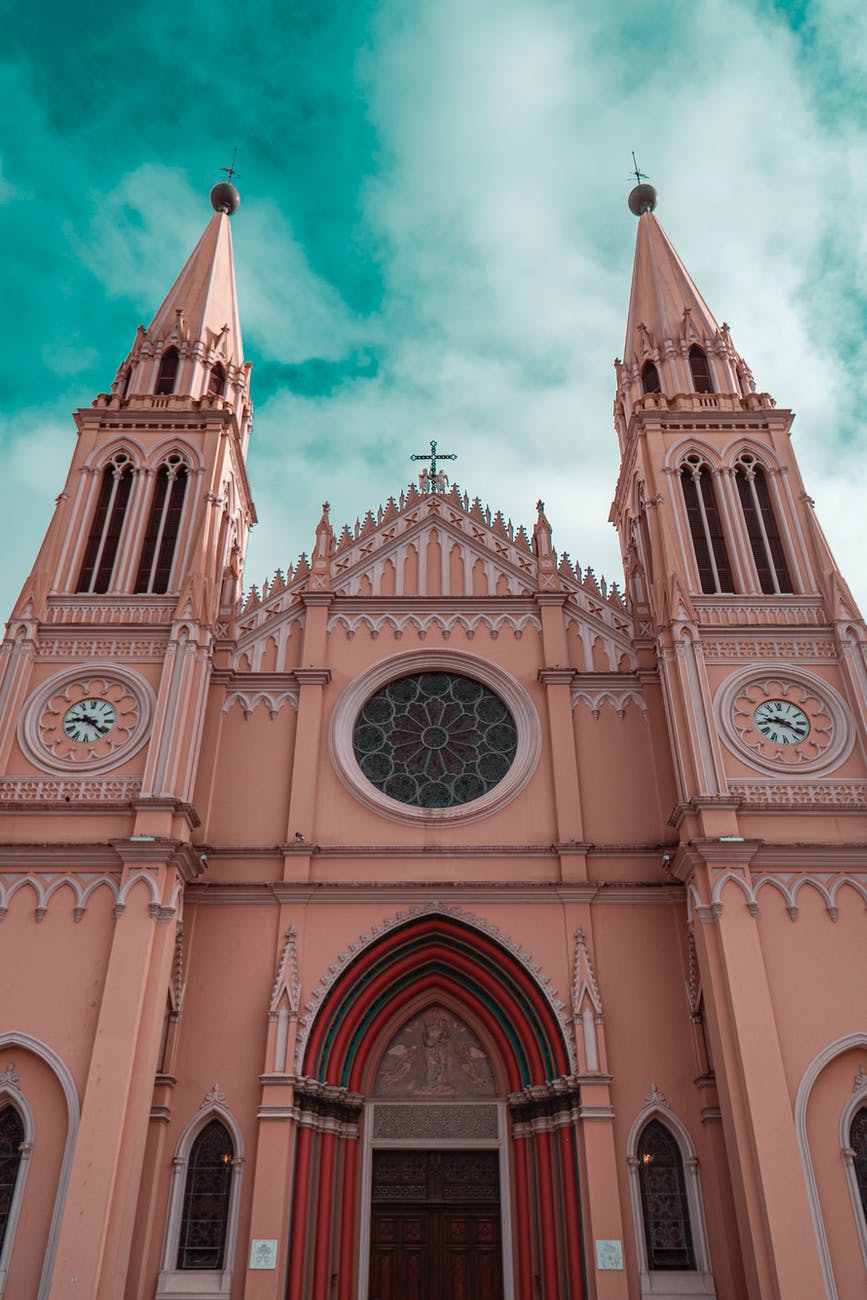
Brazil is one of the world giants of mining, agriculture, and manufacturing, and it has a strong and rapidly growing service sector. The country was heavily dependent on one or two major agricultural products, whose prices fluctuated widely on international markets. The Brazilian government in the 20th century attempted to diversify the country’s production and reduce its dependency on agricultural exports by strongly encouraging manufacturing. The government initiated several key industries, including a modern shipbuilding program, a petrochemical sector led by the huge Petrobras company, a burgeoning microelectronics and personal computer industry, and aircraft manufacturing by the Embraer corporation, including commercial jetliners, aviation and surveillance equipment, and aircraft for the Brazilian air force. It established a motor vehicle industry in the 1950s to replace U.S. and German imports and assembly plants. The government privatized dozens of financial institutions, manufacturers, and mining companies in the 1990s, including several major steel producers and the Rio Doce Valley Company.
The CVRD, Brazil’s giant mining and shipping conglomerate, was apportioned into separate mining and shipping units. The government also sold a minority of its Petrobras shares to private investors and partially opened the petroleum industry to competition. At the beginning of the 21st century, serious problems marked the Brazilian economy, aggravated by political uncertainties. Inflation, financial instability, and unemployment (or underemployment) remained constant threats, and political and financial scandals periodically erupted throughout the country. Brazil still has one of the world’s most lopsided distributions of wealth. It is a leading producer of a host of minerals, including iron ore, tin, bauxite (the ore of aluminum), manganese, gold, quartz, and diamonds and other gems, and it exports vast quantities of steel, automobiles, electronics, and consumer goods. Brazil is the world’s primary source of coffee, oranges, and cassava (manioc) and a major producer of sugar, soy, and beef.
- UK ( $3.24T )

The economy of the United Kingdom is a highly developed social market and market-orientated economy. In 2019, the UK was the fifth-largest exporter in the world and the fifth-largest goods importer. It also had the second-largest inward foreign direct investment, and the third-largest outward foreign direct investment. UK is one of the most globalised economies, and it is composed of England, Scotland, Wales and Northern Ireland. The service sector dominates, contributing around 80% of GDP, the financial services industry is particularly important, and London is the second-largest financial centre in the world. The currency of the UK is the pound sterling, which is the world’s fourth-largest reserve currency. The economy of the United Kingdom has slowly been climbing the ranks of the mostly free for the past decade. Although some economic disruptions are likely, the U.K. will also have new opportunities to expand economic freedom, especially by reducing the tax burden and government spending and pursuing new trade agreements with the United States and other countries.
UK economic output shrank by 20.4% in the second quarter of 2020, the worst quarterly slump on record, pushing the country into the deepest recession of any major global economy. Britain already faces a tough 2021 as the country battles the twin shocks of coronavirus and Brexit. But failing to secure an agreement with the United Kingdom’s biggest export market would amplify the pain. With a limited trade agreement, the UK economy is due to bounce back with growth of 4.6% in 2021 before losing some momentum between 2022 and 2024, according to IFS and Citi projections. Failing to reach a trade deal with Europe would shave as much as one percentage point off that level of growth.
10.France ($3.16T )
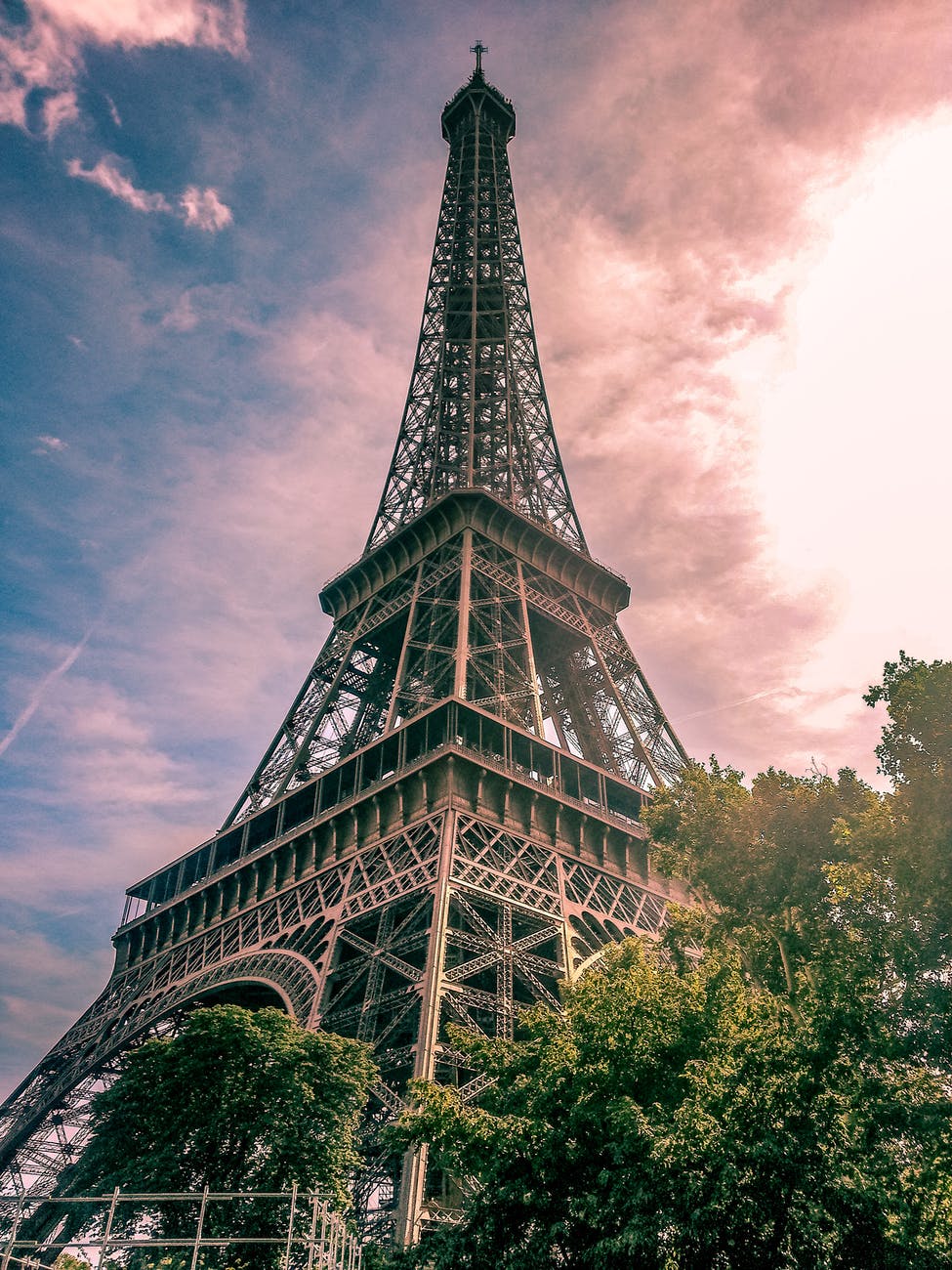
The economy of France is highly developed and free-market-oriented. France is one of the major economic powers of the world, ranking along with such countries as the United States, Japan, Germany, Italy, and the United Kingdom. It included the large industrial companies such as Renault. France is also the most visited destination in the world, as well the European Union’s leading agricultural power. France IS the largest Foreign Direct Investment recipient in Europe in 2020. Paris is a leading global city and it has one of the largest city GPD in the world. Paris has been ranked as the 2nd most attractive global city in the world in 2019 by KPMG. 31 companies that are part of the world’s biggest 500 companies are existing here. It is the world’s fourth largest private oil company.
Another indicator of improved living standards is the growth of ownership of various household and consumer goods, particularly such items as automobiles and computers. Here indirect taxation in the form of a value-added tax (VAT) is relatively high. The top individual income tax rate is 45 percent, and the top corporate tax rate is 31 percent. Other taxes include a value-added tax. The overall tax burden equals 46.2 percent of total domestic income. The overall managerial environment is bolstered by France’s modern business culture, mature financial markets, skilled entrepreneurs, and well-protected intellectual property rights. The total value of exports and imports of goods and services equals 63.4 percent of GDP. State ownership is primarily concentrated in transport, defense, and broadcasting.

